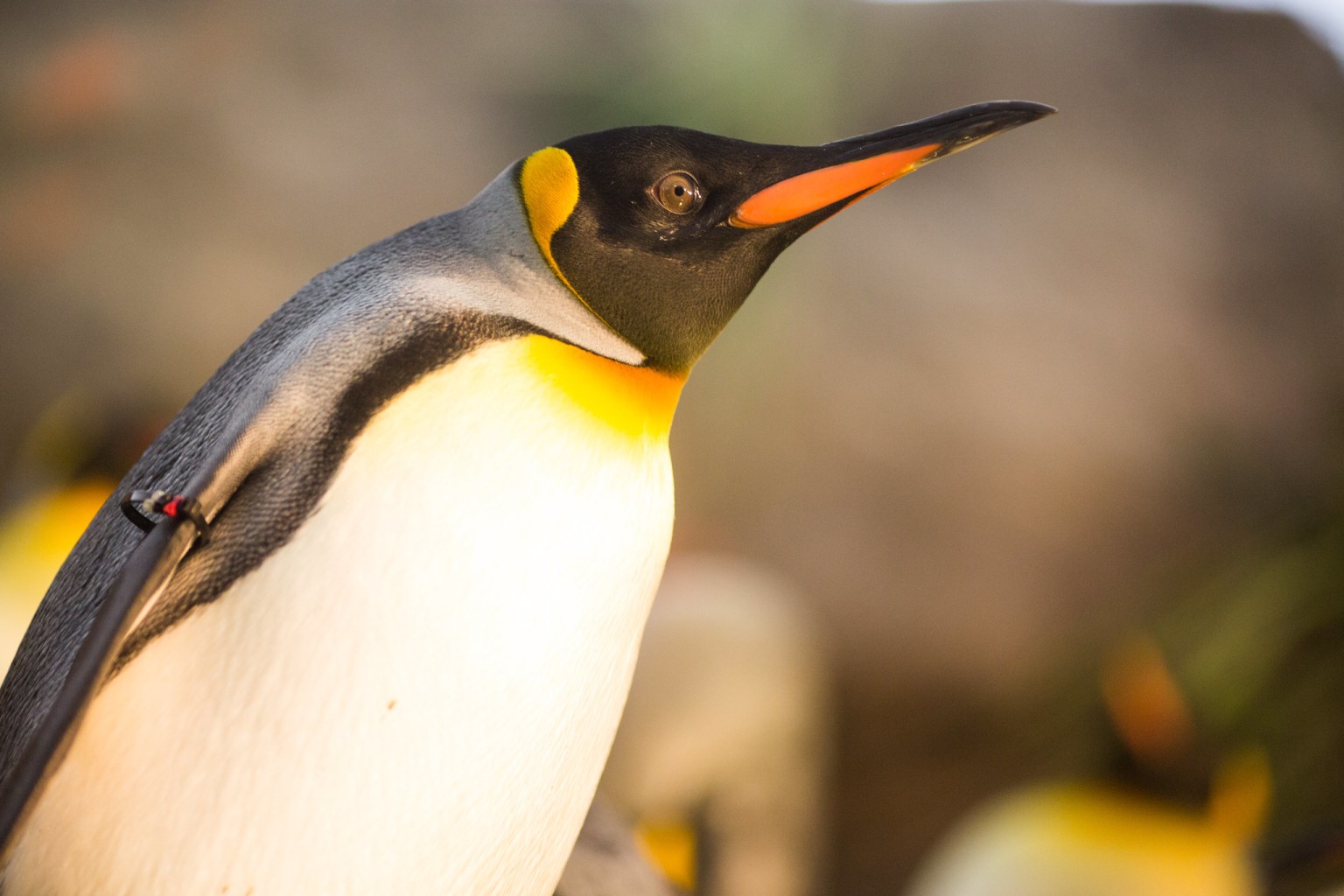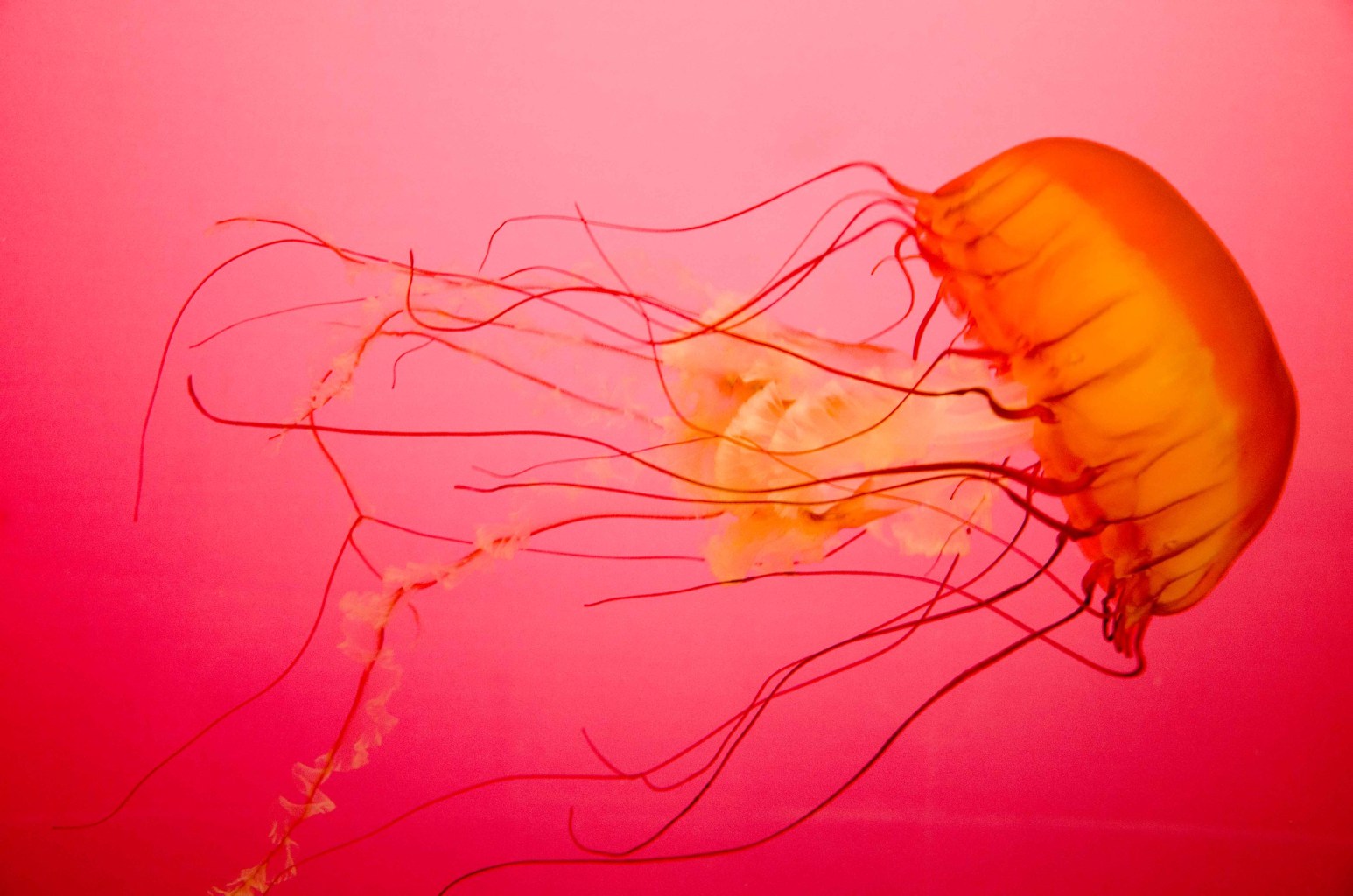
I’ve been researching curatorial work for social justice for more than fifteen years and curating for more than ten. One of the biggest surprises I’ve had in this work came while I was writing my new book, Exhibitions for Social Justice. As I tried to locate stories, even anecdotal ones, of museums inspiring visitors to take social action, I quickly discovered that most who express an interest in this are neither concretely planning for it nor evaluating its effectiveness during or after a given exhibition. As I progressed in my research, through conversations with nearly eighty museum professionals and research on more than twenty institutions, I discovered that zoos and aquariums are leading the charge in this area.
There are approximately eighty thousand museums in the world (more than all of the Starbucks and McDonald’s stores combined).[1] In this contemporary sociopolitical climate, we need these institutions to work to their fullest potential to help our societies become more hospitable, equitable, and sustainable. My research looks at how we can help visitors build empathy and transform it into solidarity that works between groups rather than only individuals. I explore how to help visitors create strong, long-lasting memories, drawing on contemporary neurology to help museum professionals make the most of visitors’ physical and mental experience of exhibitions.
Though it took me a while to come to zoos and aquariums in this research, the connection became obvious once I did. Social justice is the equitable distribution of risks and rewards in society, and environmental justice is a crucial part of this. Most of the “rewards” we require to survive are connected to the environment: clean drinking water, clean air, healthful foods, and shelter. And these rewards are most certainly not distributed equitably. With the way the world’s food chain rests on the phytoplankton in the oceans, for example, it makes perfect sense that aquariums should be leaders in conservation and environmental justice more broadly. So many fundamental concerns: our water sources, our food sources, our forests, and the ecosystem, meet the museum world through these institutions, among others.
The Brookfield Zoo is one excellent example of a leader in researching, planning, and evaluating around the goal of visitors taking action. The zoo uses three types of calls to action to inspire visitors: one encouraging them to do “citizen science” in their own backyards after their visit, another asking them to collect data for the zoo during their visit by observing and recording animals’ behaviors, and another —the most common of the three—pointing them to make change during or after the visit, often through purchasing choices (“You Can Help” signs). One of the most important insights to Brookfield’s program, which I write about in more depth in the book, is that these interventions occur in the moment when the exhibition is helping visitors to build empathy with the animals.

Brookfield has concentrated on providing “close encounters” with big animals, which are emotionally freighted and physical experiences. As such, they help visitors build deep-seated, long-lasting memories of their trips to the zoo. They also prime the visitor for engagement with intellectual content, such as a call to action. There are at least two main reasons for this, which I’ll simplify for the sake of this brief article. First of all, emotional experiences, whether positive or negative, encourage us to take action. This stands to reason when we consider the biological utility of emotion: driving us toward the good (food, mates, etc.) and away from the bad (physical danger, etc.). Secondly, and relatedly, emotional experiences, such as a close encounter with a big cat, raise our cortisol levels. When they’re heightened—meaning we’re stimulated, not panicked or distressed—we experience a cognitive bump: a greater ability to learn and remember.[2]
This combination of empathetic connection and call to action is important for encouraging visitors to actually take the next step. Another important element of this is building visitors’ confidence that what they do matters and makes a difference. Nina Simon, the founder and CEO of OF/BY/FOR ALL, discusses this in The Participatory Museum. Simon suggests what she calls “scaffolding,” ensuring that each opportunity for participation is clad in a visible series of steps, so that the visitor knows what is expected of her and feels confident that she can accomplish it. In the case of calls to action, feeling that the action in question makes a difference is part of that confidence in success which visitors need to act. This was the experience of Jerry Leubke, Senior Manager of Audience Research at Brookfield, as well as researchers at other zoos and aquariums. As Leubke put it, since the 1990s, research has shown that empathy positively influences people to take action. But there has been a missing piece in the research: some people are not taking action even when they do feel empathy[3]. Leubke collaborated in a research consortium of fifteen zoos and aquariums around the country. Together, they established that the missing piece is for visitors to have sufficient knowledge related to the action in question once they are feeling empathy. For example, people are concerned about climate change, but might not act on this concern because they don’t know what to do. In this light, the task of the zoo or aquarium—or other museum—is to help the visitor learn (before they end their visit) what they can do and be confident that they can do it.

Two other institutions, the John G. Shedd Aquarium in Chicago and the Saint Louis Zoo in St. Louis, are notable examples of a different kind of campaign. Their respective advocacy campaigns, #SheddTheStraw and #ByeToBags, both focus on getting visitors to change a behavior: using disposable plastic straws and bags. In the grand scheme of our climate problems, these are small concerns, especially when only focused on individuals. (Although, by the Shedd’s count in July 2019, #ByeToBags pledgers keep 100,000 to 300,000 plastic bags from being used each week. That’s at least 5,200,000 bags each year.)
However, these campaigns are not only important for their impact on one behavior, but also for at least three other reasons. The first is that change can lead to change. Once visitors are inspired to take action, they might make this part of their self-image and be inspired to take further action. Their actions can also have a snowball effect of encouraging other people to make changes. Secondly, these campaigns can also encourage large organizations to make the change in question. Meaning, it’s one thing if I stop using straws, but it’s a much bigger deal when the Shedd Aquarium itself eliminates straws (except for accessibility needs), or better yet, when their partner, United Airlines, eliminates plastic stirring sticks and cocktail picks, as they did last year. Lastly, and perhaps most importantly for this article, these initiatives represent and have yielded data and protocols for planning to inspire visitors to act, and for evaluating the process and progress of those efforts.

This vital work to make our human presence on the planet more sustainable can turn into a politically divisive topic. Many museums are not interested in entering into conversations that feel political. They fear being perceived as biased and losing the valuable trust the public places in museums. They also fear losing crucial financial support in an era of rapidly dwindling resources in the cultural sector generally. But #MuseumsAreNotNeutral. No book, article, exhibition, podcast, blog, or documentary is neutral. The projects that we humans create have our own agency and subjectivity as creators embedded in the narratives we tell. One topic I write about, and I’m far from alone, is how much more trust museums stand to gain from the public by being transparent about that subjectivity and clearly delineating the statements that particular exhibitions are making. When we state our positions, we can be honest with funders and visitors and spend more energy doing more creative work.
While zoos and aquariums are often ahead of the pack in prompting visitors to take action, they may actually struggle more than other institutions to stay out of the political fray and keep their work as mainstream as possible. They have special challenges in this area, which may have contributed to their leadership in it. One challenge is their fundamental image concern in the area of conservation: they must keep collections of live animals, but they need to address concerns that the animals would be somehow better off in the wild. Zoos and aquariums need to convey, succinctly and clearly, the need for conservation and the role that they play in it through education, research, and direct action.
Zoos and aquariums should be lauded for their efforts to reach the tremendous majority of visitors who are neither experts in biology or environmental science nor totally apathetic about the natural world. And they also deserve praise for always striving to reach across political divides to deliver crucial messages of unity as we struggle to work together on planet Earth. Nevertheless, in many cases their work does “count” as social justice—environmental justice in particular—and offers an extremely valuable example to other museums in these areas.
[1] Gail Dexter Lord and Ngaire Blankenberg, Cities, Museums and Soft Power (Washington, D.C: American Alliance Of Museums, 2015).
[2] For more on emotion and feelings, see: Antonio Damasio, The Feeling of What Happens: Body and Emotion in the Making of Consciousness, 1st ed. (New York: Mariner Books, 2000); for more on cortisol levels, attention, and learning, see: Robert M. Sapolsky, Why Zebras Don’t Get Ulcers, Third Edition, 3rd edition (New York: Holt Paperbacks, 2004).
[3] Jerry Leubke and Jennifer Matiasek, Interview with Jerry Leubke, Senior Manager of Audience Research and Jennifer Matiasek, Audience Research, in the Department of Conservation, Education, and Training, Chicago Zoological Society at Brookfield Zoo, Personal, November 16, 2017.
About the author:
Elena Gonzales, PhD, is an AAM Member and an independent scholar focusing on curatorial work for social justice and museums’ roles in society today. She is the author of Exhibitions for Social Justice from Routledge’s Museum Meanings Series (2019). She has curated exhibitions since 2006 and has taught curatorial studies since 2010. She guides the planning of an annual schedule of more than twenty exhibitions per year at the Evanston Art Center. Gonzales is co-editor of Museums and Civic Discourse: History, Current Practice, and Future Prospects, a digital public humanities project forthcoming from Greenhouse Studios.
Skip over related stories to continue reading article








Thank you, Elena, for sharing this this way. Congratulations on your book.